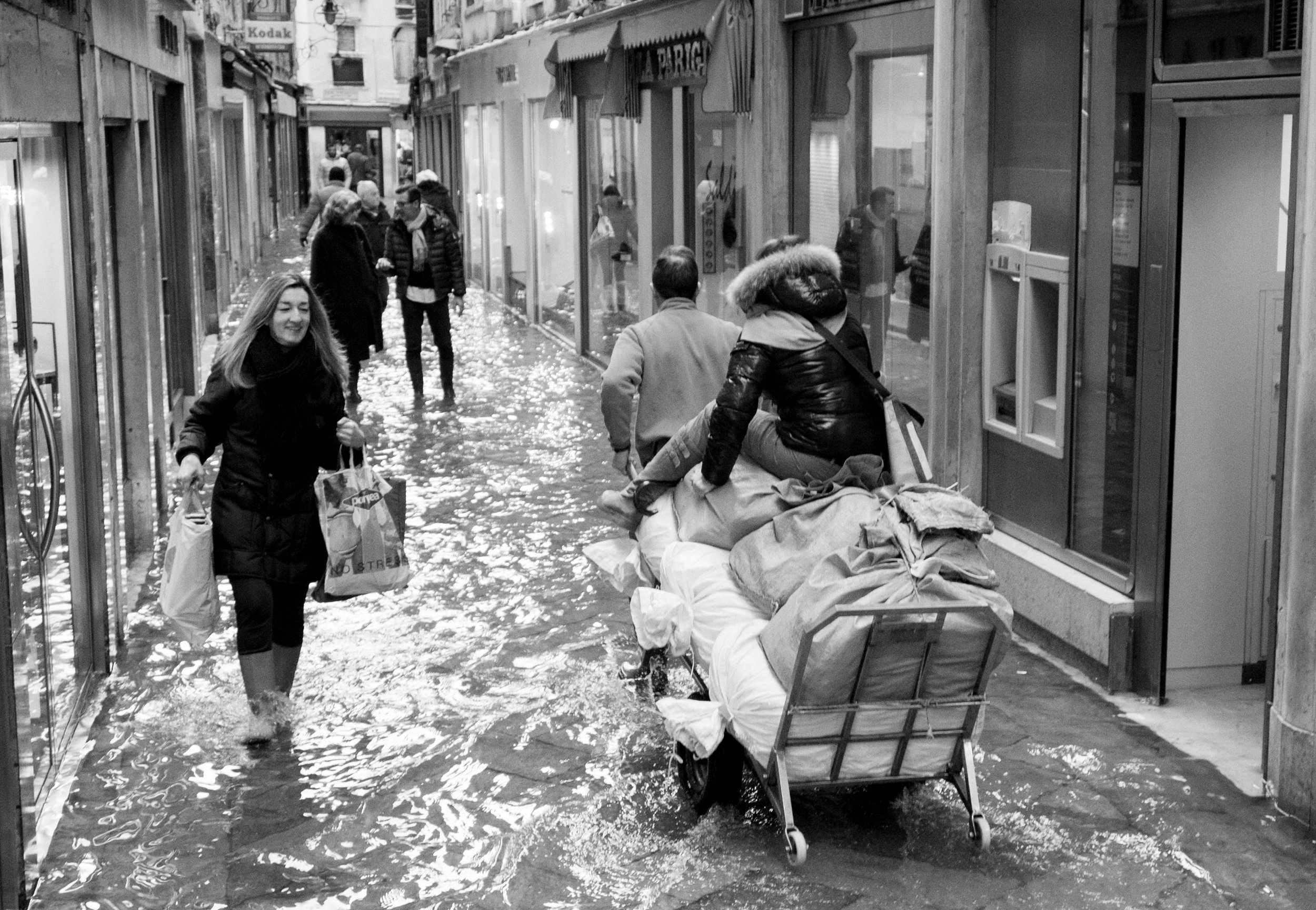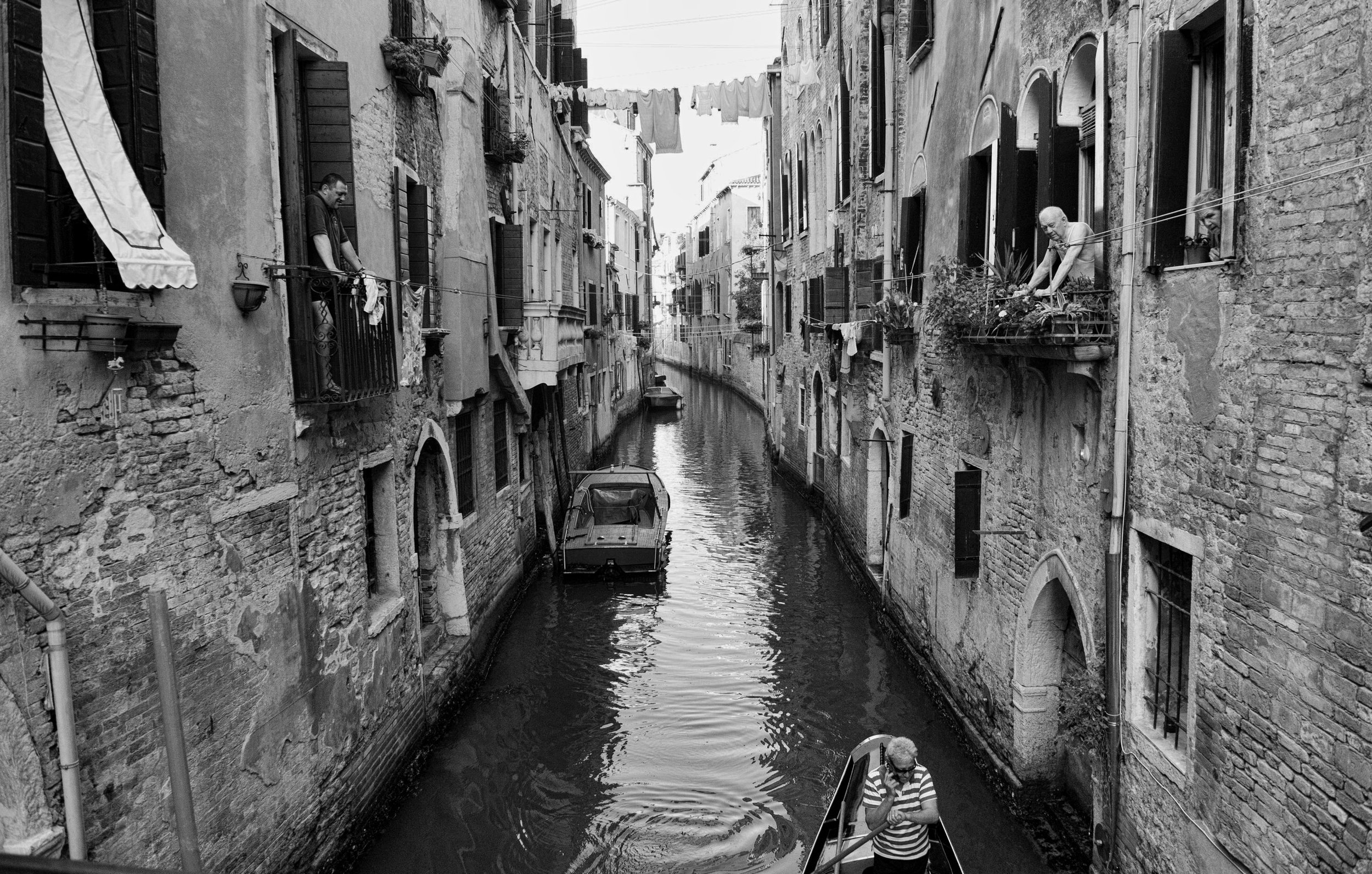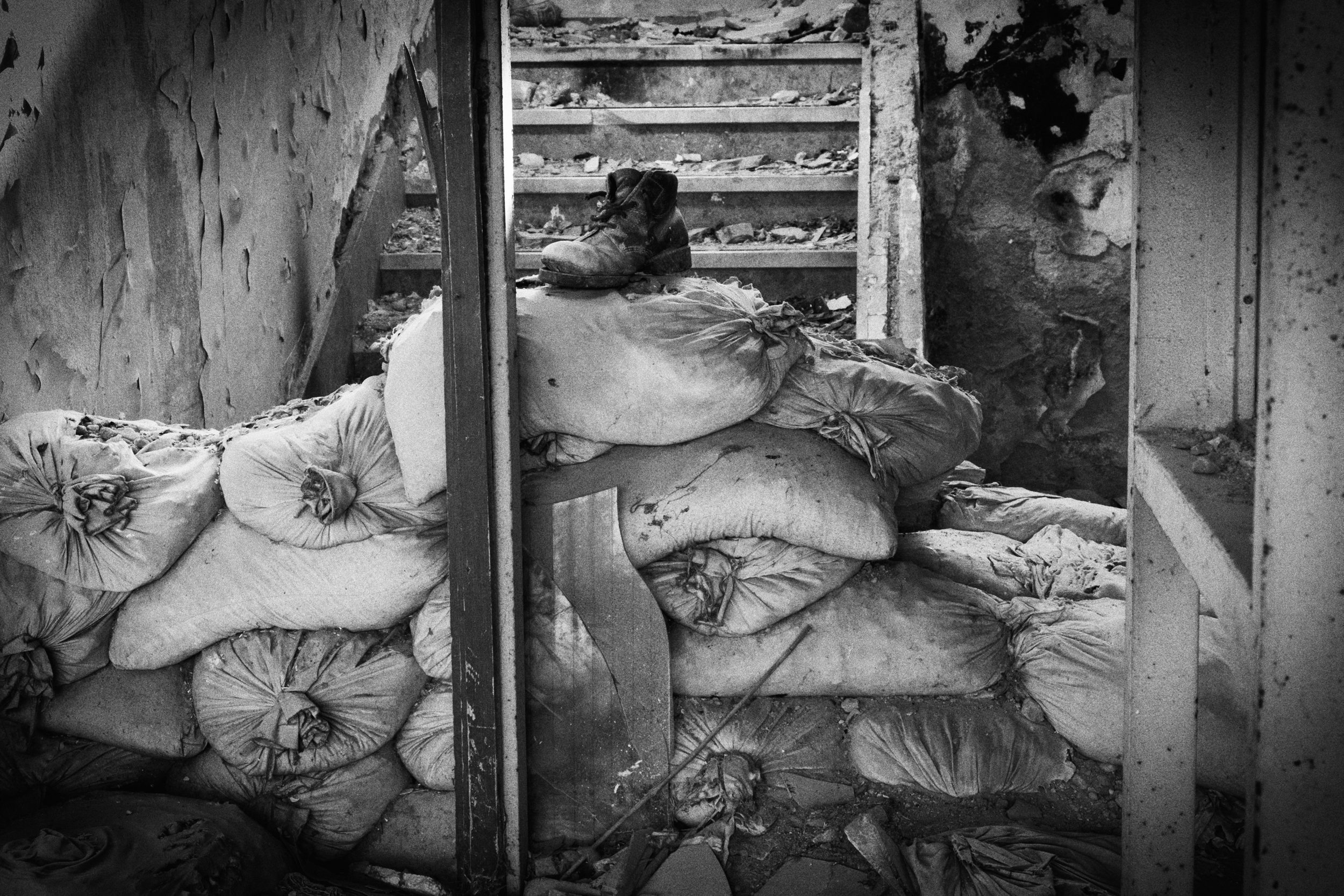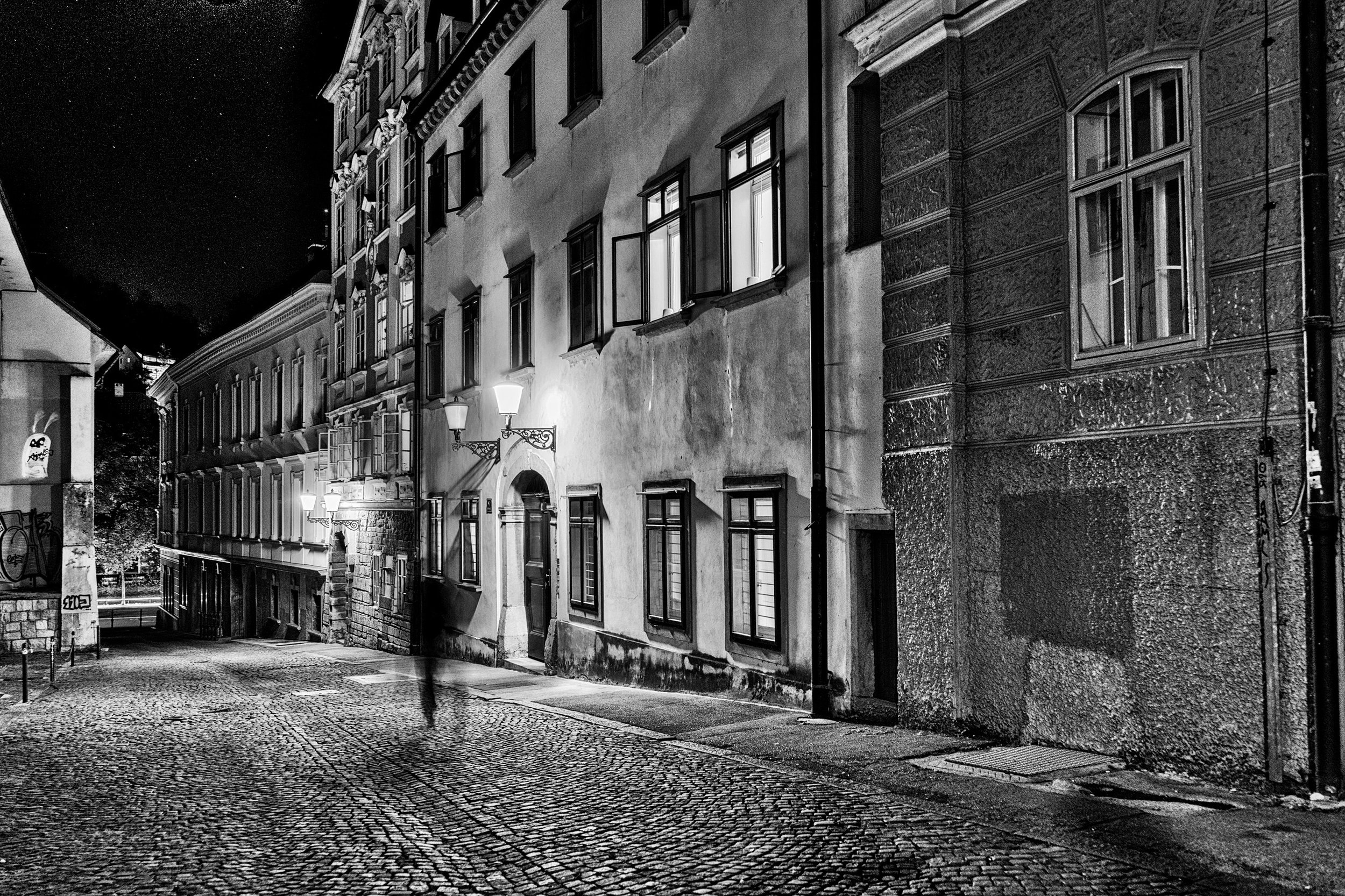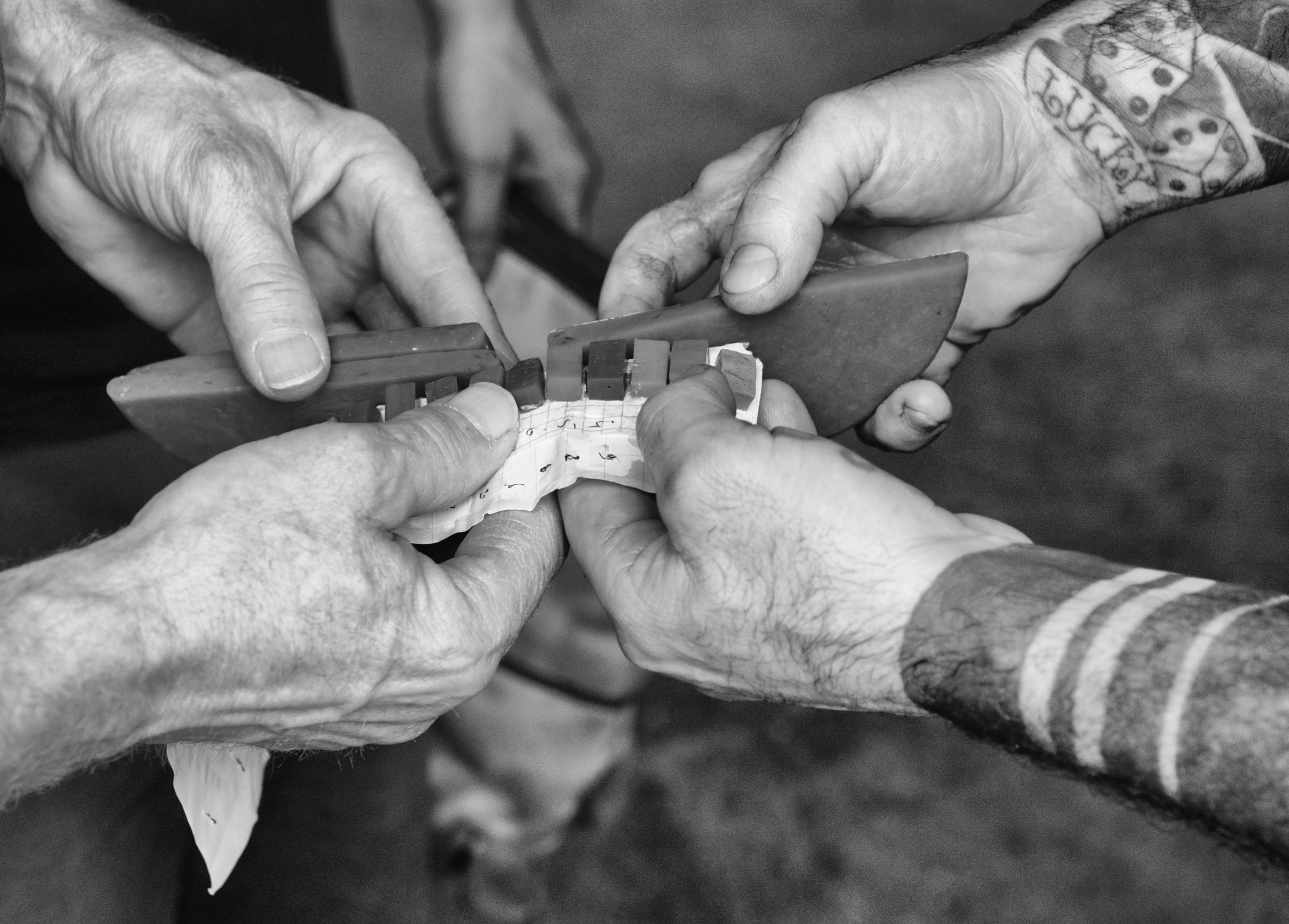Interview
Marco Secchi
Marco is an Italian, English-speaking professional photographer. He works in Venice, Ljubljana and Budapest, covering the whole of Slovenia, Hungary, Italy and the Balkans Area. He doubles up as an editor, and so has experience in portfolio review and choosing the right images that sell.
Marco is passionate about black and white photography, which is a wonderful medium that allows him to tell a story in a very personal way. There are times when color just serves as eye candy, distracting from the subject matter and may not be intended to be part of the shot at all.
Marco’s images are for the editorial and commercial markets. His photographs are in the permanent collections of a few museums and have been shown in many exhibitions around the world.
What is your background and how did you start your journey in the art world?
“I started to be passionate about photography when I was 10 to 12 years old. Since then, I’ve had a lot of experience working in many different types of environments. I’ve developed a relaxed yet focused style that helps in producing the right look for any article, campaign or book.”
What inspires you?
“Nature’s wonders with its awe-inspiring landscapes, intricate details, and ever-changing colors never cease to amaze me. Whether it’s a majestic mountain range, serene forest, or delicate flower, nature offers an endless array of subjects and moods to capture.
People and their emotions are also a constant source of inspiration. Capturing candid moments that reflect joy, love, sorrow, or determination allows me to convey the depth of human experiences through my photographs.
Exploring new places, cultures, and traditions opens up a world of photographic opportunities as well. Immersing myself in diverse environments broadens my perspective and helps me discover unique and compelling visual narratives.
Ultimately, at the simplest level, light is the essence of photography, and its interplay with shadows can transform a scene into a mesmerizing composition. The way light interacts with different subjects and creates patterns fascinates me and constantly pushes me to experiment with lighting techniques.
Experimenting with new techniques, equipment, or post-processing methods keeps my photography fresh and exciting. Embracing change and pushing the boundaries of my skills allows me to grow as an artist.”
“As a photographer, inspiration comes to me from a multitude of sources, and it is the beauty of capturing moments and telling stories through my lens that fuels my passion.”
What themes do you pursue? Is there an underlying message in your work?
“I’m passionate about exploring themes of identity, culture, and diversity as it allows me to celebrate individuality, challenge stereotypes, and promote inclusivity. Capturing the complexities of human emotions and the dynamics of relationships provides a deeply personal and relatable aspect to the artwork.
Photography can be a powerful tool for raising awareness about important social issues and advocating for positive change. Documenting real-life stories of resilience, struggles, and triumphs can inspire viewers to take action and make a difference.
I’m also particularly passionate about teaching photography.”
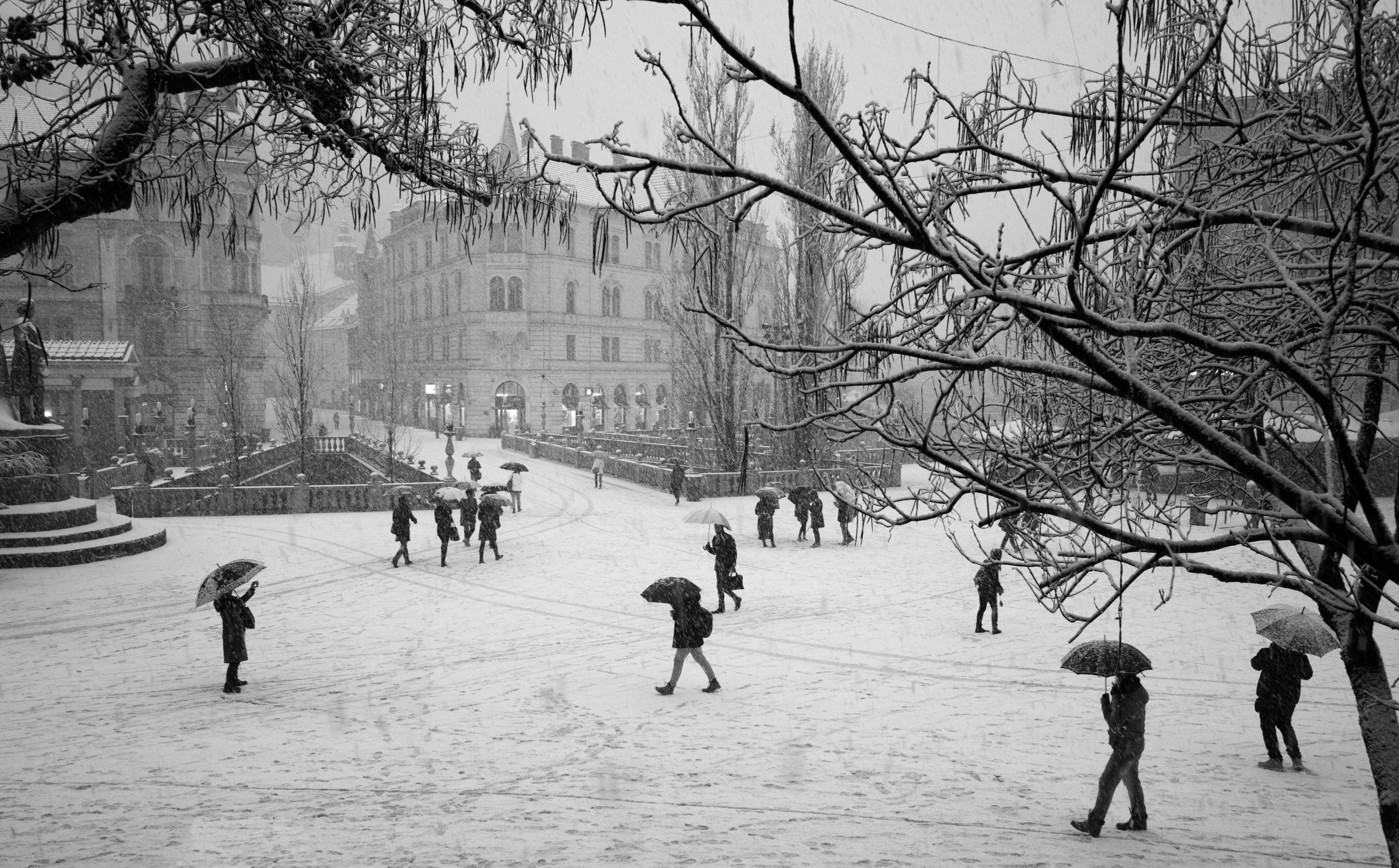
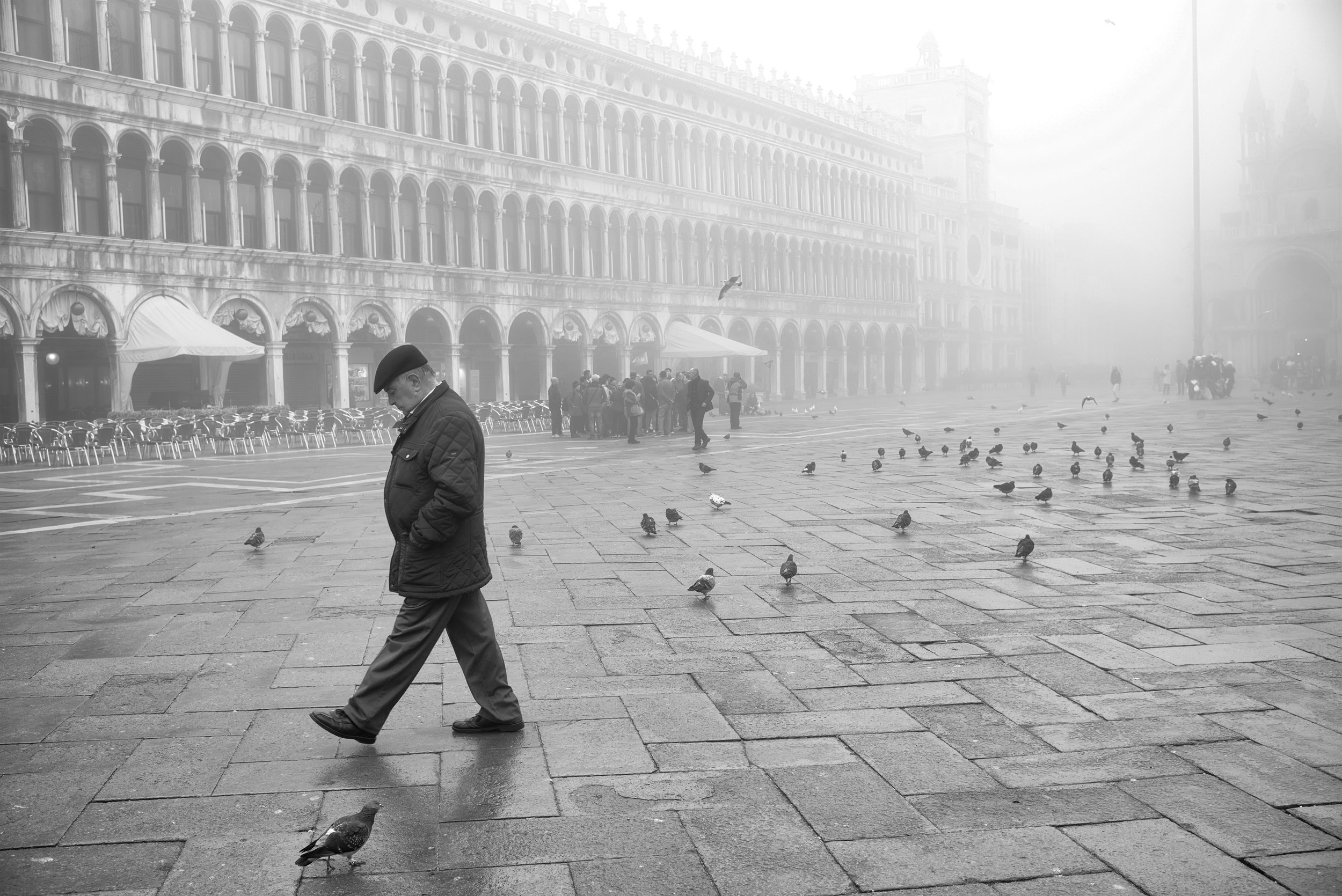

How would you describe your work?
“My photography style can best be described as ‘taken at the blink of an eyelid’. This artistic approach of capturing moments is inspired by the swiftness and spontaneity of life’s most poignant instances, mirroring the blink of an eye, where significant moments appear and vanish in the blink of an eyelid.
Central to my photography style is the pursuit of authenticity and the commitment to capturing genuine moments as they unfold. Just like the blink of an eyelid is a reflexive and unfiltered action, I aim to document life’s raw emotions, candid interactions, and unposed scenes. By being observant and instinctive, I seize the essence of fleeting moments without disrupting the natural flow. My camera becomes an extension of my senses, ready to click the shutter at a moment’s notice, freezing time in an instant. The images captured in these moments reflect the truth and honesty of the scene, preserving the emotions and energy present at that very blink of an eyelid.In the fast-paced and ever-changing world we live in, it’s easy to miss the beauty of the present moment. My photography style seeks to highlight the significance of those seemingly ordinary moments that hold extraordinary meaning. Whether it’s a heartfelt smile, a tearful embrace, a child’s laughter, or a fleeting expression, I strive to immortalize these poignant instances that might otherwise go unnoticed.
My commitment to authenticity and truthfulness in my work means that I avoid excessive editing or manipulation of the images. I believe that the unfiltered reality is powerful enough to speak for itself, and by preserving the purity of the moment, I invite viewers to connect with the emotions and narratives woven into each photograph.”
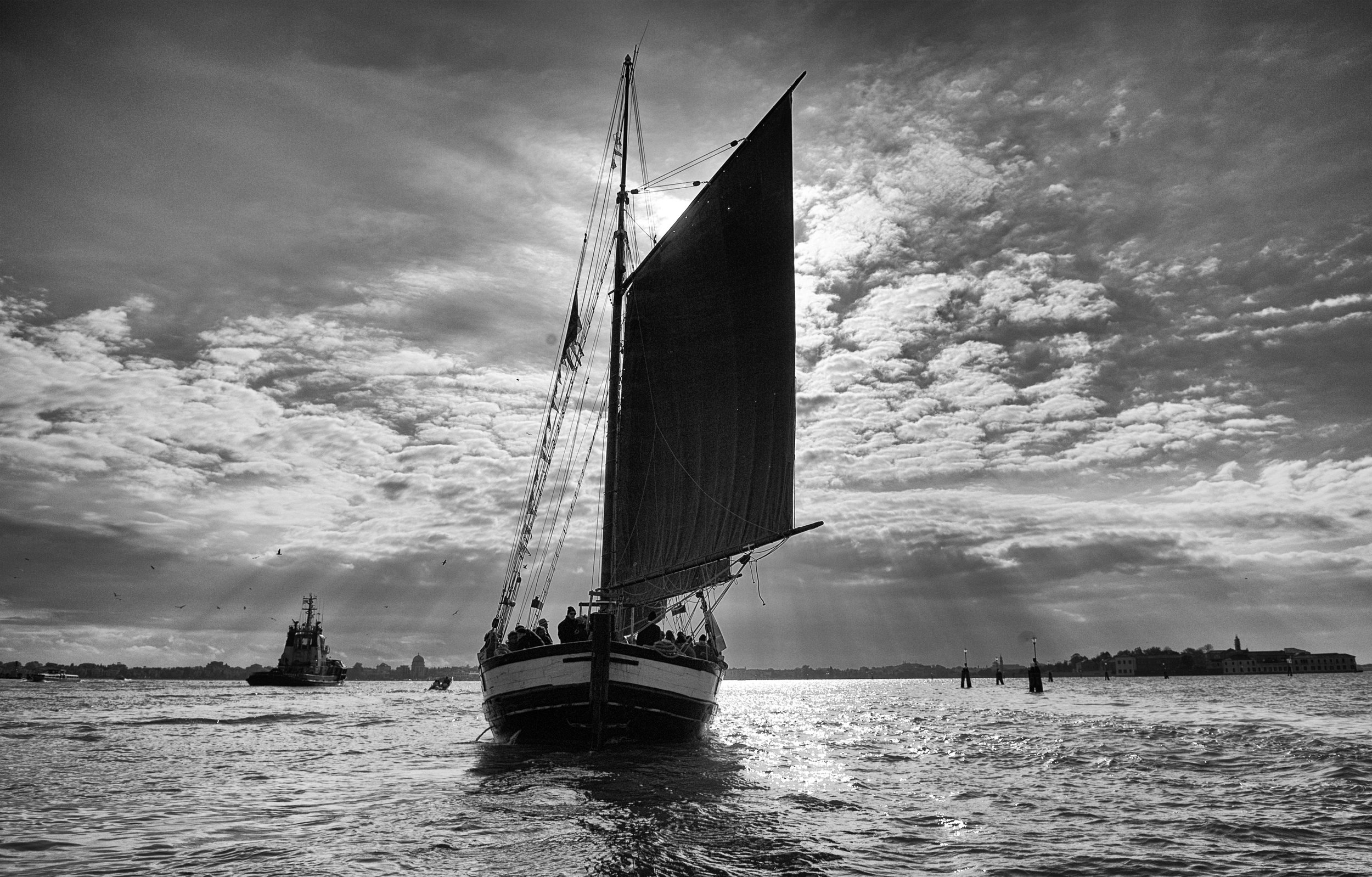
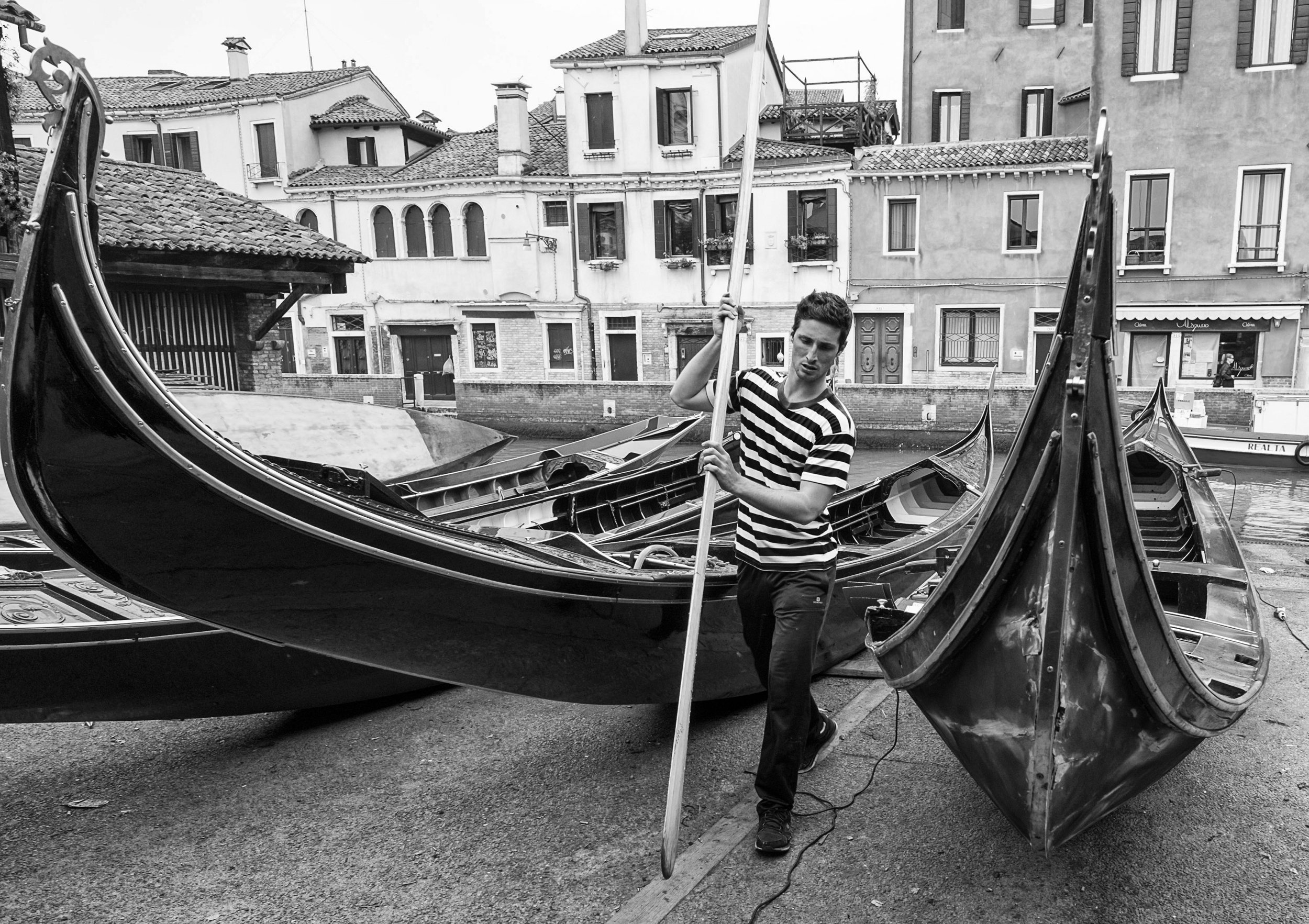
Which artists influence you most?
“I began my career as a photographer in 1980 and was inspired to do so by other photographers like Tullio Farabola, Gianni Berengo Gardin and Elliott Erwitt.”
What is your creative process like?
“My creative process begins with conceptualizing the scene or subject I want to capture in black and white. I often seek out scenes with strong contrasts, interesting textures, and compelling compositions. I observe how light falls on the subject and casts shadows, as they add depth and dimension to the image. The interplay between light and shadow enhances the textures and shapes, adding drama and intrigue to the photograph.
In black and white photography, composition takes center stage. I meticulously frame the scene, paying attention to leading lines, symmetry, and negative space so as to draw the viewer’s eye to the focal point. The absence of color allows me to emphasize the structural elements and the relationship between various elements in the frame.
Black and white photography has a unique ability to evoke emotions and convey a sense of timelessness. I aim to capture the essence of the moment, whether it’s joy, melancholy, serenity, or intensity. The absence of color allows viewers to focus on the emotional impact of the photograph, making it a powerful medium for storytelling.”
What is an artist’s role in society and how do you see that evolving?
“The role of an artist in society is multifaceted and essential. Artists contribute to the cultural, social, and emotional fabric of communities and the world at large. Often, they use their work as a medium to comment on social and political issues, shedding light on inequality, injustice, and the need for positive change. Their work holds the power to inspire, challenge, and connect people, making them instrumental in shaping collective consciousness and driving societal change.
Artists also serve as mirrors of society, reflecting its values, beliefs, struggles, and triumphs. Through their creative expression, the artist interprets and responds to the world around them, offering unique perspectives that encourage dialogue and introspection.
Finally, artists play a crucial role in preserving cultural heritage and history. Through traditional art forms, storytelling, and contemporary creations, they safeguard and celebrate the diversity of human experiences and traditions.”
Please tell us about any previous exhibitions you found noteworthy and wish to share.
“I’ve found the following exhibitions noteworthy:
2022 - Ljubljana Slovenia Krizevniska, Ljubljana in Monochrome.
2018 - Silver Chromatic Awards – International Color Photography Contest.
- Ljubljana Slovenia Mini Theatre.
2017 - Magazzini del Sale, Venice, Italy.
- Saint Petersburg Russia Marco Secchi Exhibition, Venice Shrouded in Fog.




